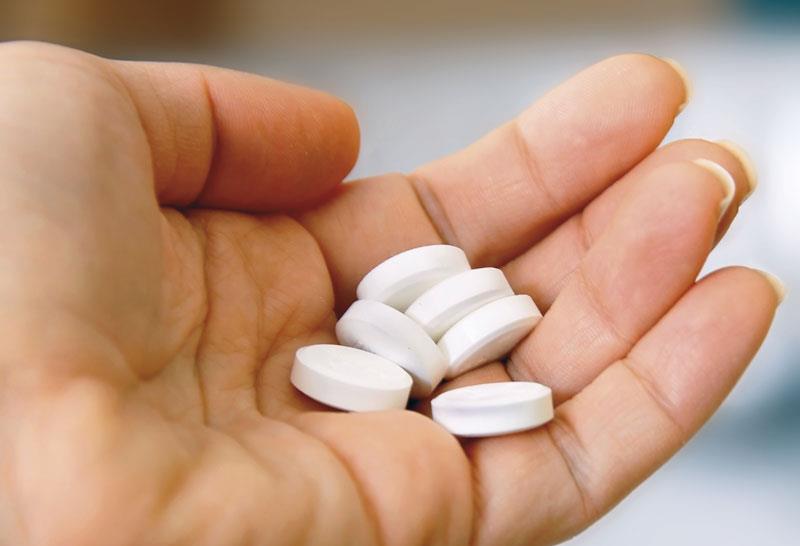
Treatment with the SGLT2 inhibitor dapagliflozin appears to confer beneficial effects on systemic and renal haemodynamic functions independently and beyond glucose lowering in individuals with type 2 diabetes (T2D), a study has found.
Forty-four T2D patients were randomly assigned to 12 weeks of dapagliflozin 10 mg/day or gliclazide 30 mg/day treatment. The investigators noninvasively measured systemic haemodynamic function, autonomic nervous system activity, and vascular stiffness. They also assessed renal haemodynamics, glomerular filtration rate (GFR), and effective renal plasma flow with gold-standard urinary clearances of inulin or iohexol and para-aminohippuric acid, respectively.
The associations between dapagliflozin-induced changes in cardiovascular and renal variables were then examined via correlation analyses.
Dapagliflozin therapy led to a decrease in stroke volume by 4 percent, cardiac output by 5 percent, vascular stiffness by 11 percent, and mean arterial pressure by 5 percent from baseline, without increasing heart rate or sympathetic activity. At the same time, dapagliflozin reduced GFR by 8 percent.
Although dapagliflozin and gliclazide both improved glycaemic control (–0.5±0.5 percent vs –0.7±0.5 percent; p=0.12), the latter did not any of the above measurements. Moreover, no clear relationship was observed between the dapagliflozin-induced changes in cardiovascular and renal physiology.
“There is a bidirectional relationship between cardiovascular and renal disease,” the investigators said. “The drug-class of SGLT2 inhibitors improves outcomes at both ends of this so called cardiorenal axis.”